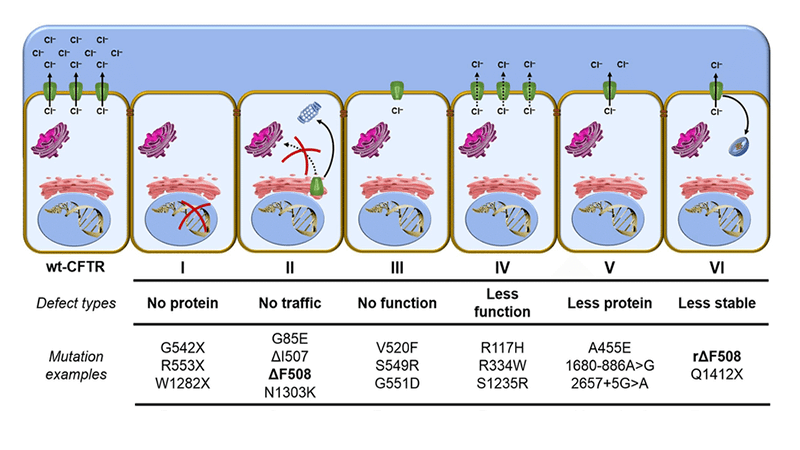Category: Worksheets
-

Investigation: Concussions
This investigation is completed by watching videos and analyzing data on concussions. Students first watch a Ted-Ed video on what happens when you have a concussion. The digital handout contains questions from the video. Students then visit neuroanatomy.ca where they view coronal brain slices. Then they label an image and compare a normal brain versus…
-

Genetics Practice Problems with Google Slides
For students who are learning remotely, genetics lessons that involve Punnett squares and probability may be challenging. In a traditional class, I would give students small whiteboards and we would practice doing crosses together. I could circulate around the room to help students who are struggling, and they could help each other. Plus, they love writing…
-

Brain Dissection – Virtual Version
Don’t have time or the resources to do a dissection in the classroom? Try this virtual version to supplement your lessons on the brain! In a traditional anatomy class, students dissect a sheep brain using the Sheep Brain Dissection Guide which walks them through identifying first external features of the brain and then internal features.…
-

Modeling Meiosis and Independent Assorting Using Slides
Meiosis is a difficult topic for beginning biology students. There’s a lot going on in the cell to ensure that each new gamete receives half the DNA of the parent cell. In addition, each new cell is completely unique. This is the result of independent assortment and crossing over. Lessons on meiosis generally involve labeling…
-

Investigation: Sticklebacks
This investigation was modified from the HHMI Stickleback Modeling activity where students examine two different forms of the the stickleback fish. One form has spines and bony armor and is found in the ocean. The other has less armor and is missing its pelvic girdle, and is found in fresh water lakes. The activity has…
-

Case Study: Cystic Fibrosis Mutations
This case study is a follow-up to the Cystic Fibrosis Case Study where students explore how changes in transport proteins affects the movement of ions, resulting in a build-up of chloride ions and the symptoms of the disease. Students were introduced to the idea that different mutations can cause differences in the transport proteins, but…
-

Label: Protein Synthesis
Label and image of the cell membrane and ribosome, showing transcription and translation.
-

Amylase Enzyme and Copy Number Variant
This activity explores a data set on the frequency of copy number variants in the gene AMY1 that codes for amylase activity in the saliva. Amylase is an enzyme that breaks down starch into sugar. The activity builds on the HHMI data point showing how presence of multiple copies of the gene correlate to populations…
-

Muscles Labeling
This activity is aligned to my anatomy and physiology curriculum where students study the structure and function of muscle tissues. This has been a challenging topic to cover remotely because I can’t use traditional models. Typically, I would use straws and rubber bands to model fascicles and myofibrils. This activity is part of a unit…
-

Photosynthesis Virtual Lab
This lab was created to replace the popular waterweed simulator which no longer functions because it is flash-based. In this virtual photosynthesis lab, students can manipulate the light intensity, light color, and distance from the light source. A plant is shown in a beaker and test tube which bubbles to indicate the rate of photosynthesis.…
-

Skull Label (remote)
This activity was designed for anatomy and physiology with students working remotely during the 2020 pandemic. Students are given a short overview of the skull during virtual class and then encouraged to watch the Pop Up Biology video which explains the features of the skull (foramen, condyles, process…etc.) The activity is made on google slides…





